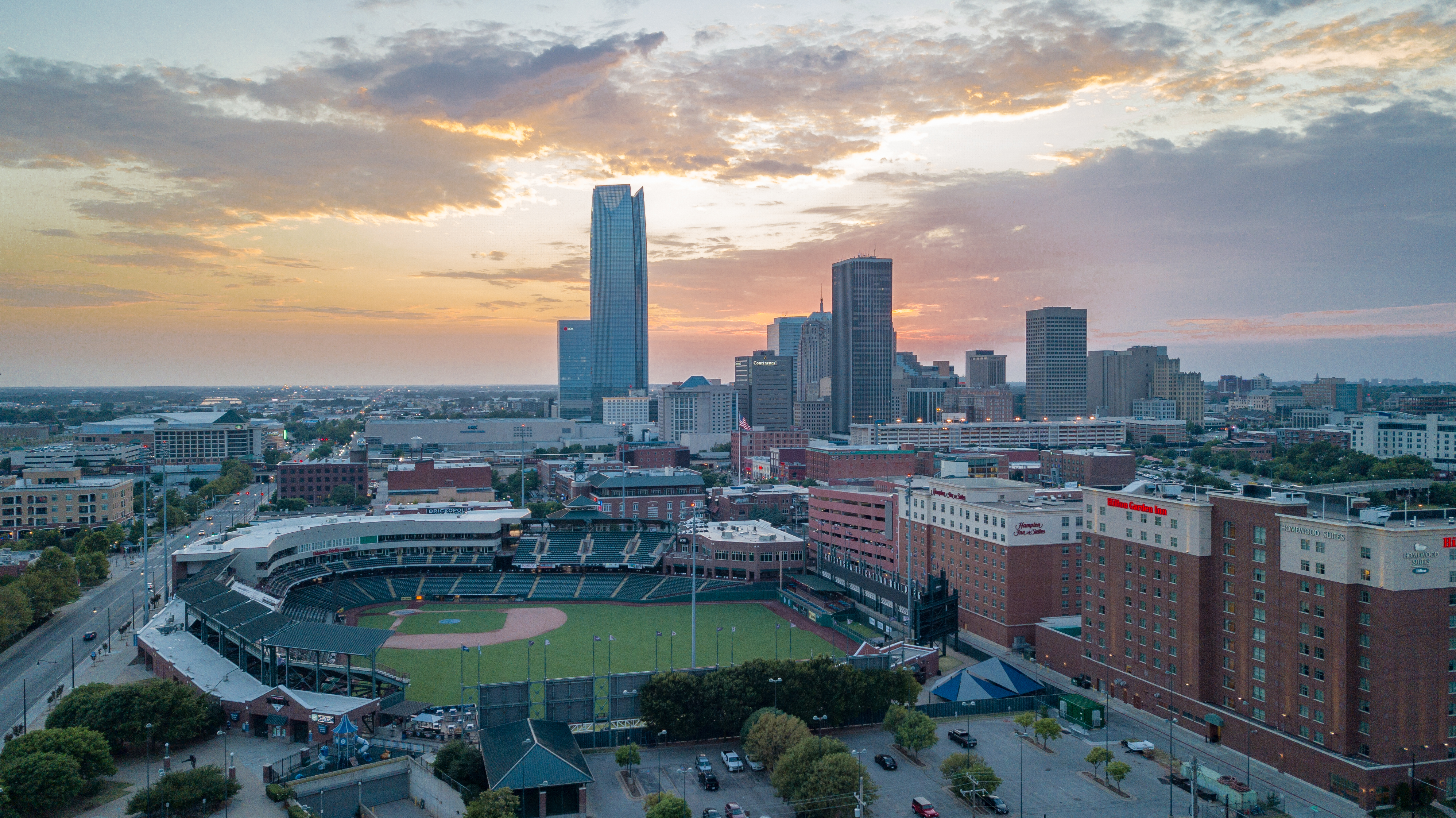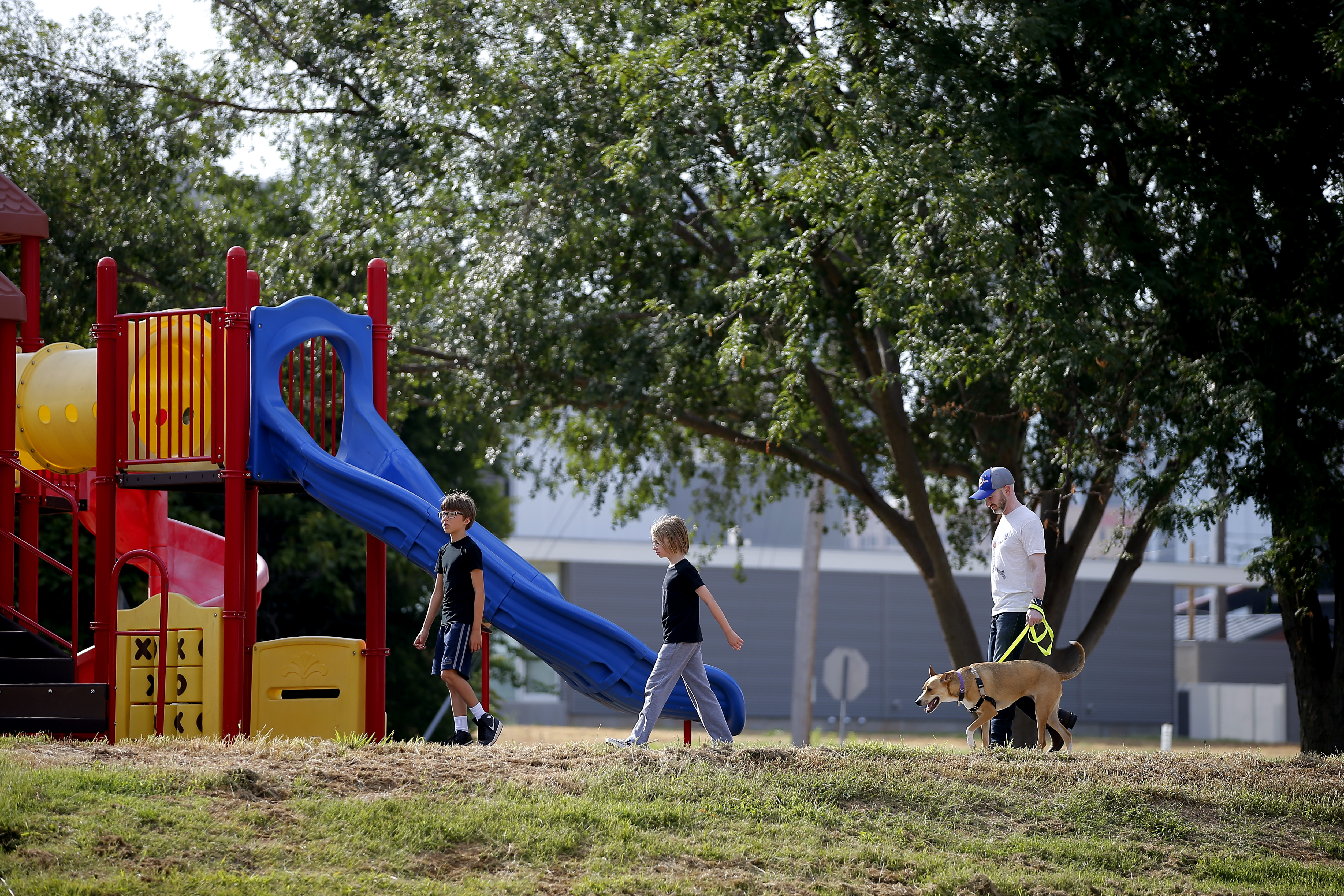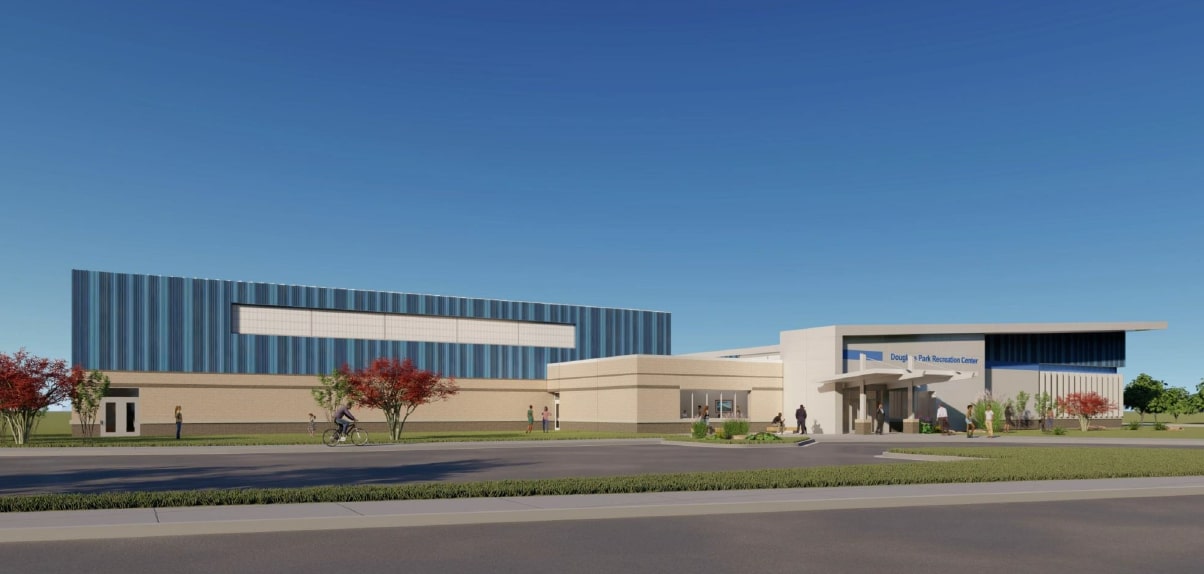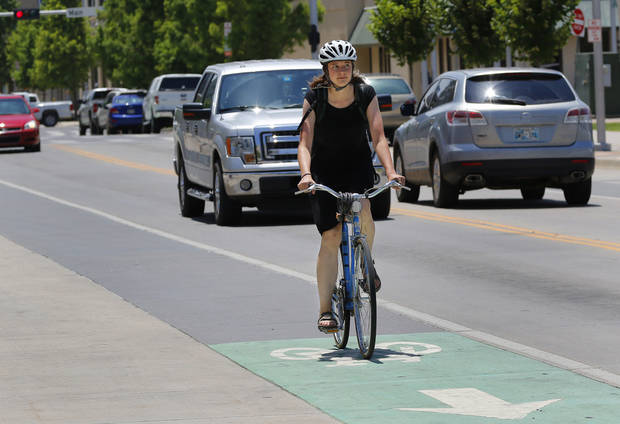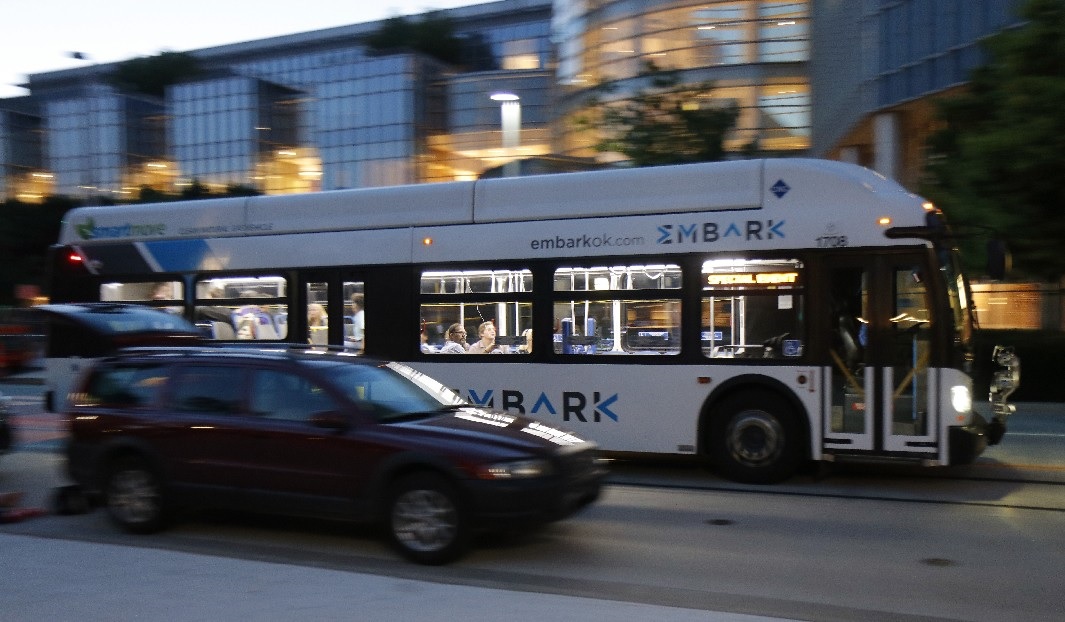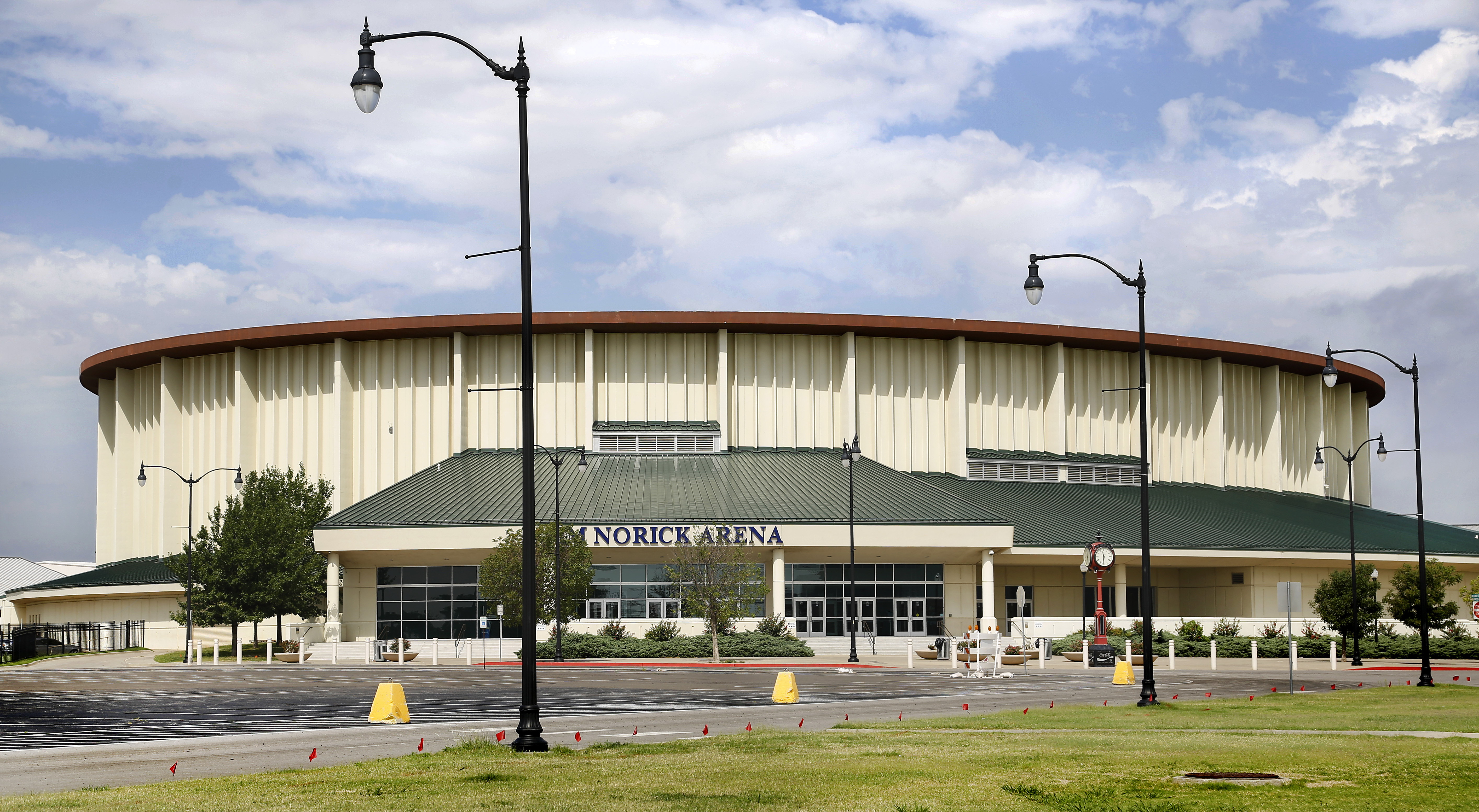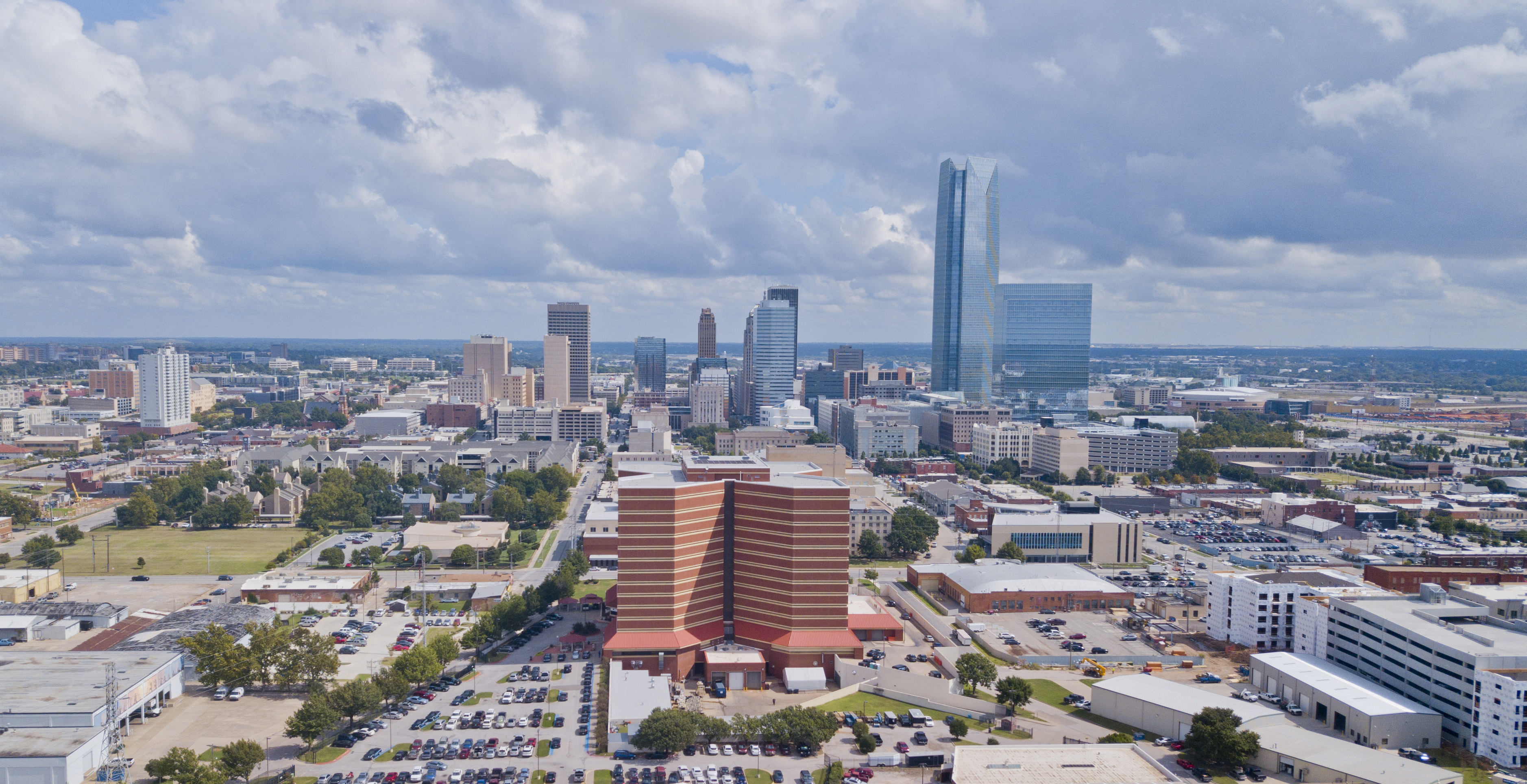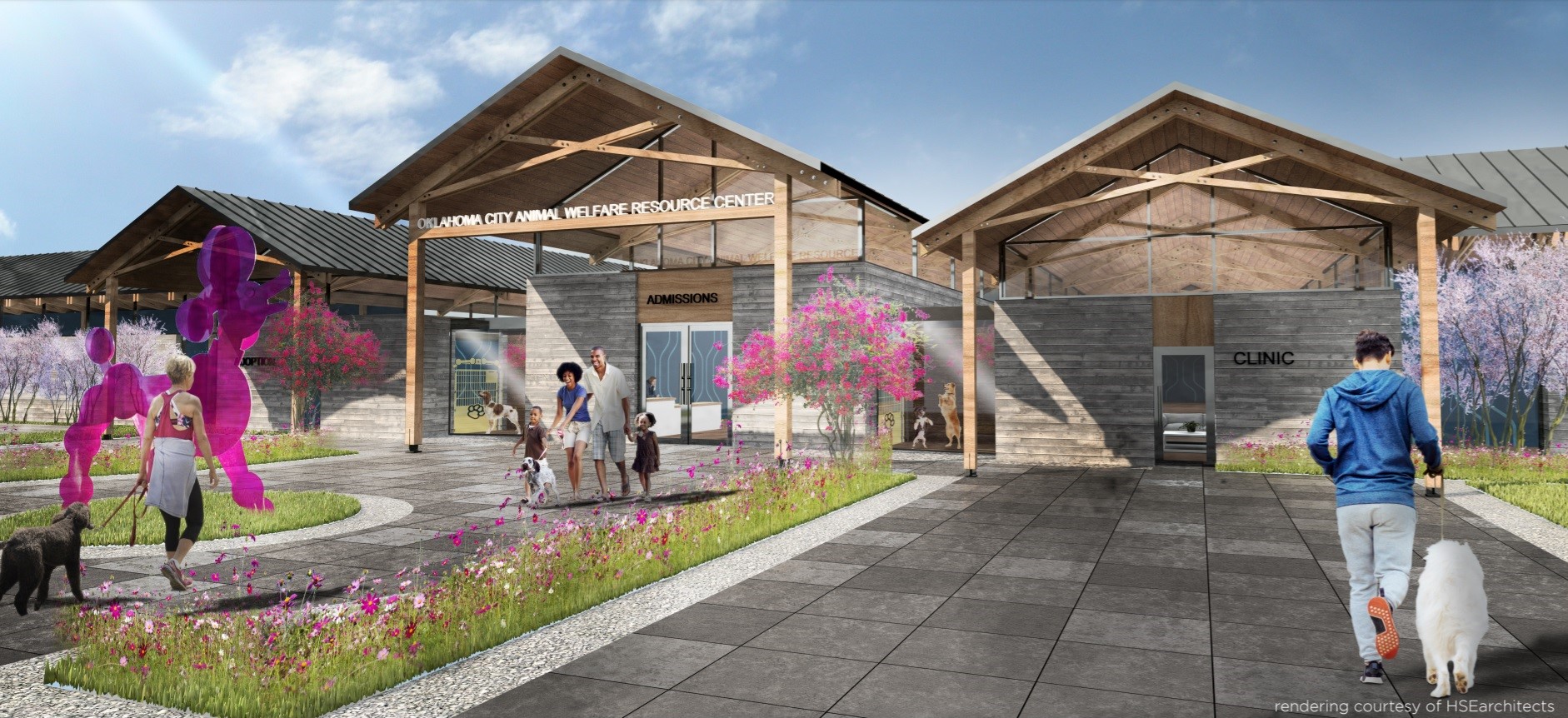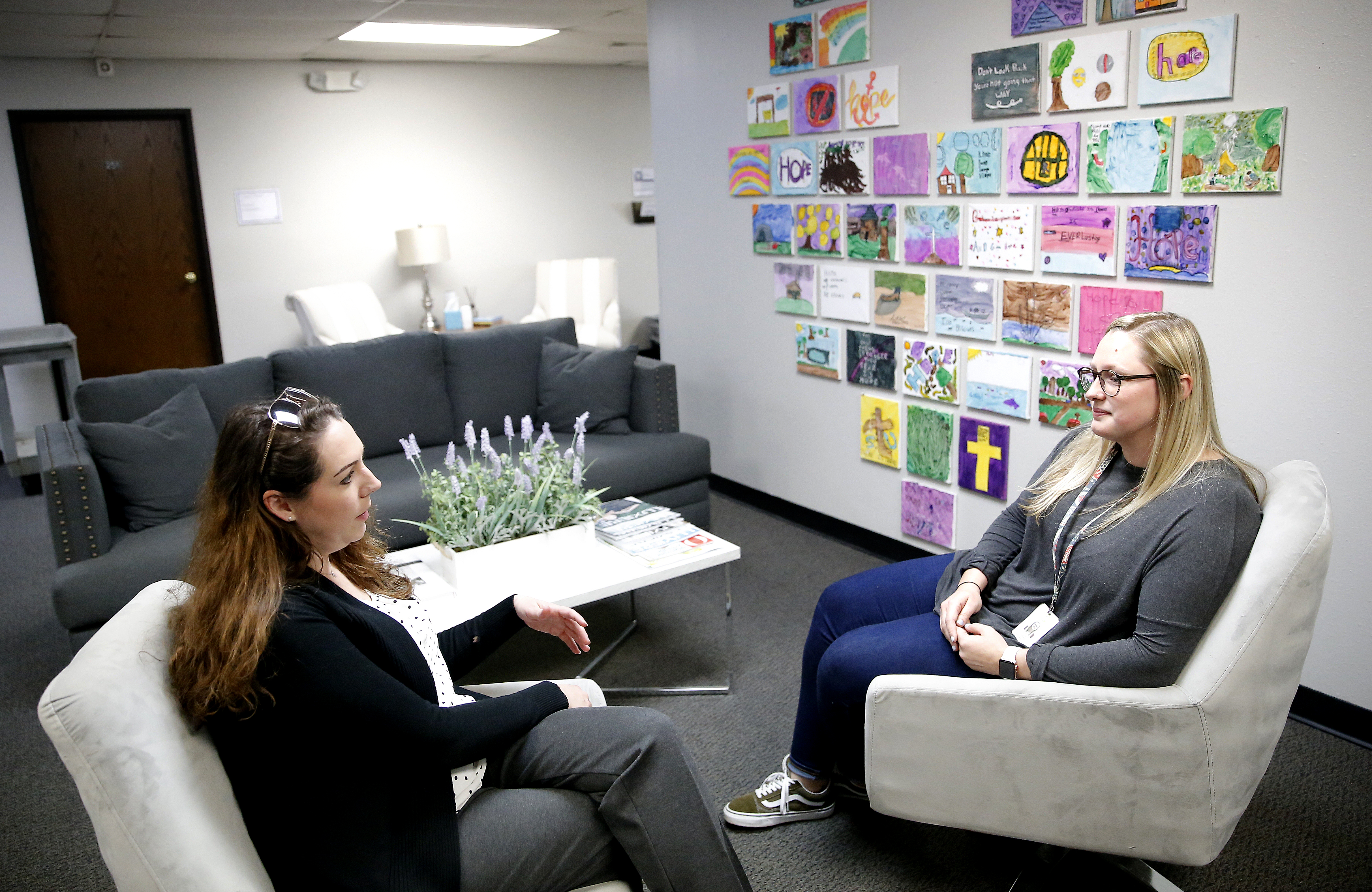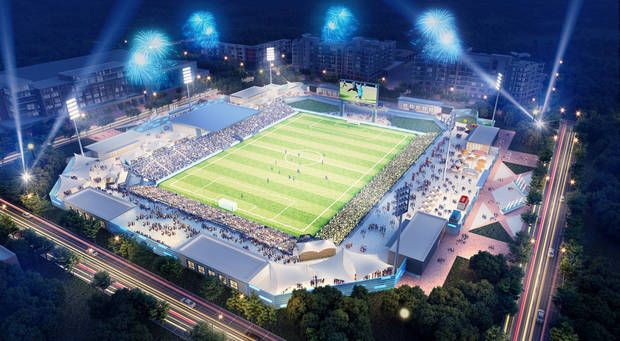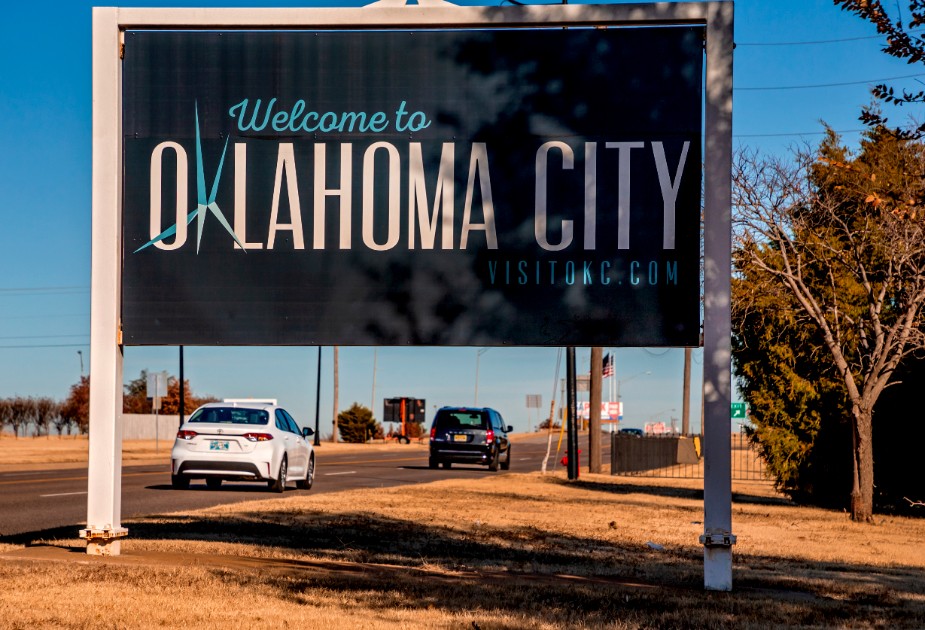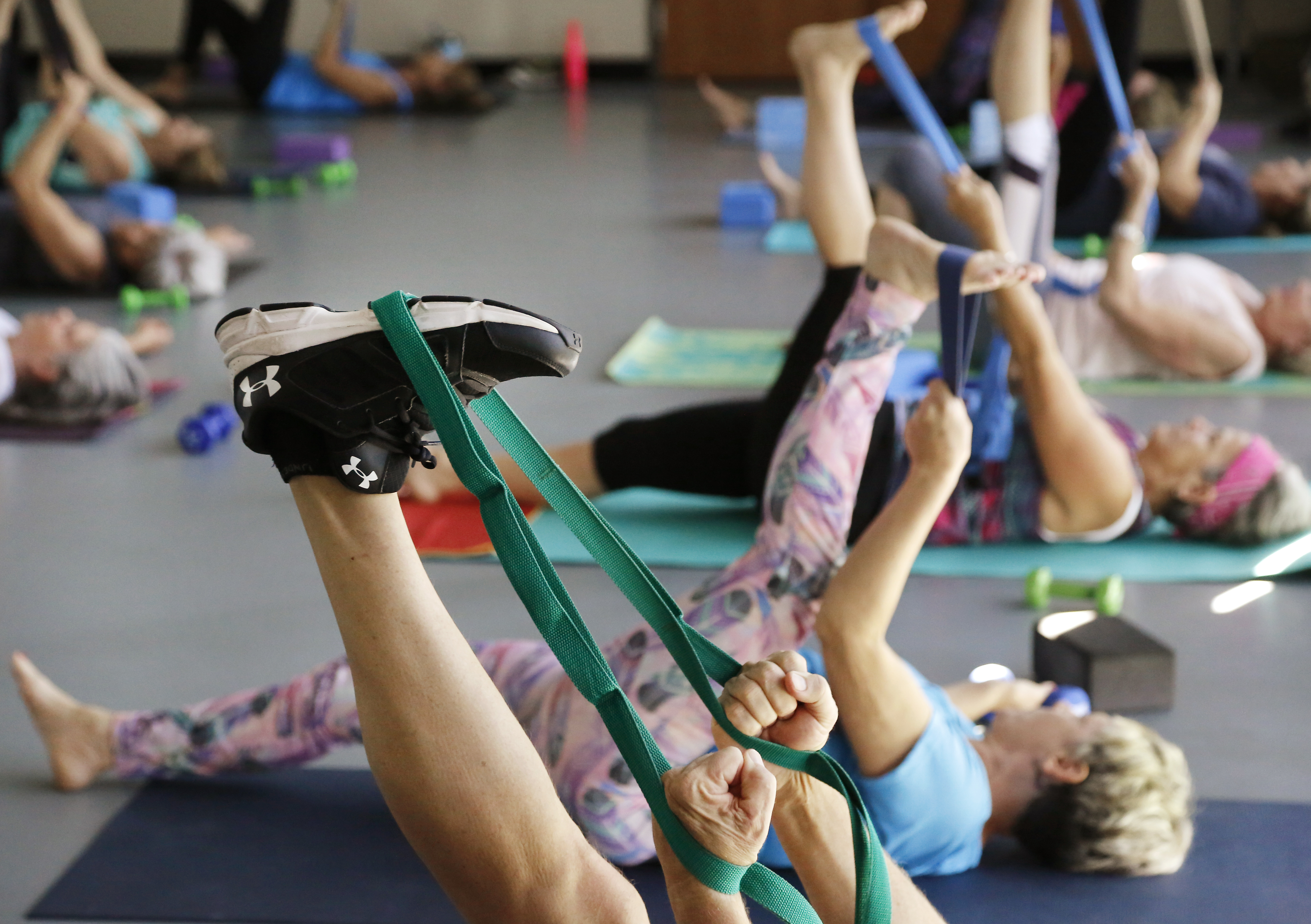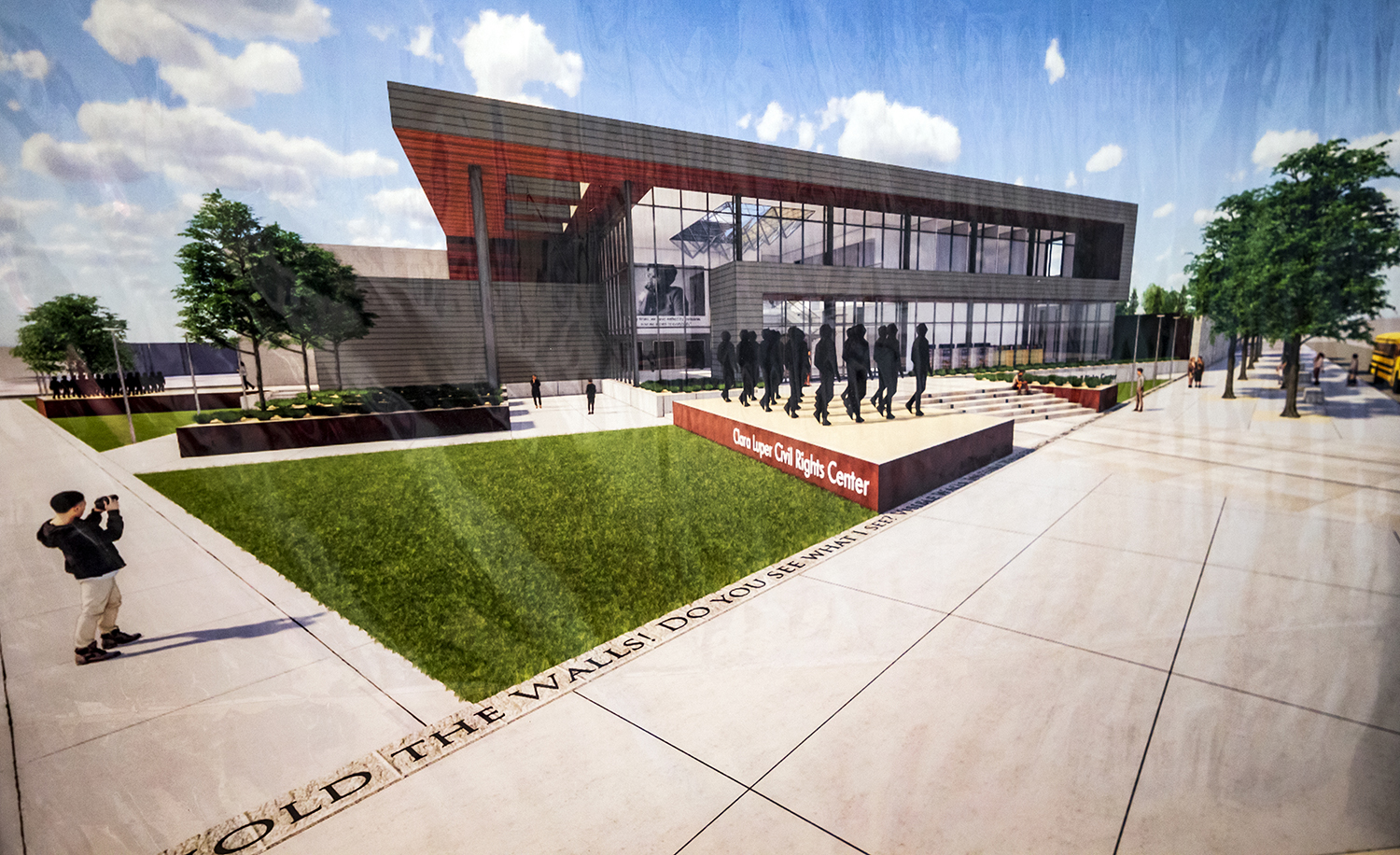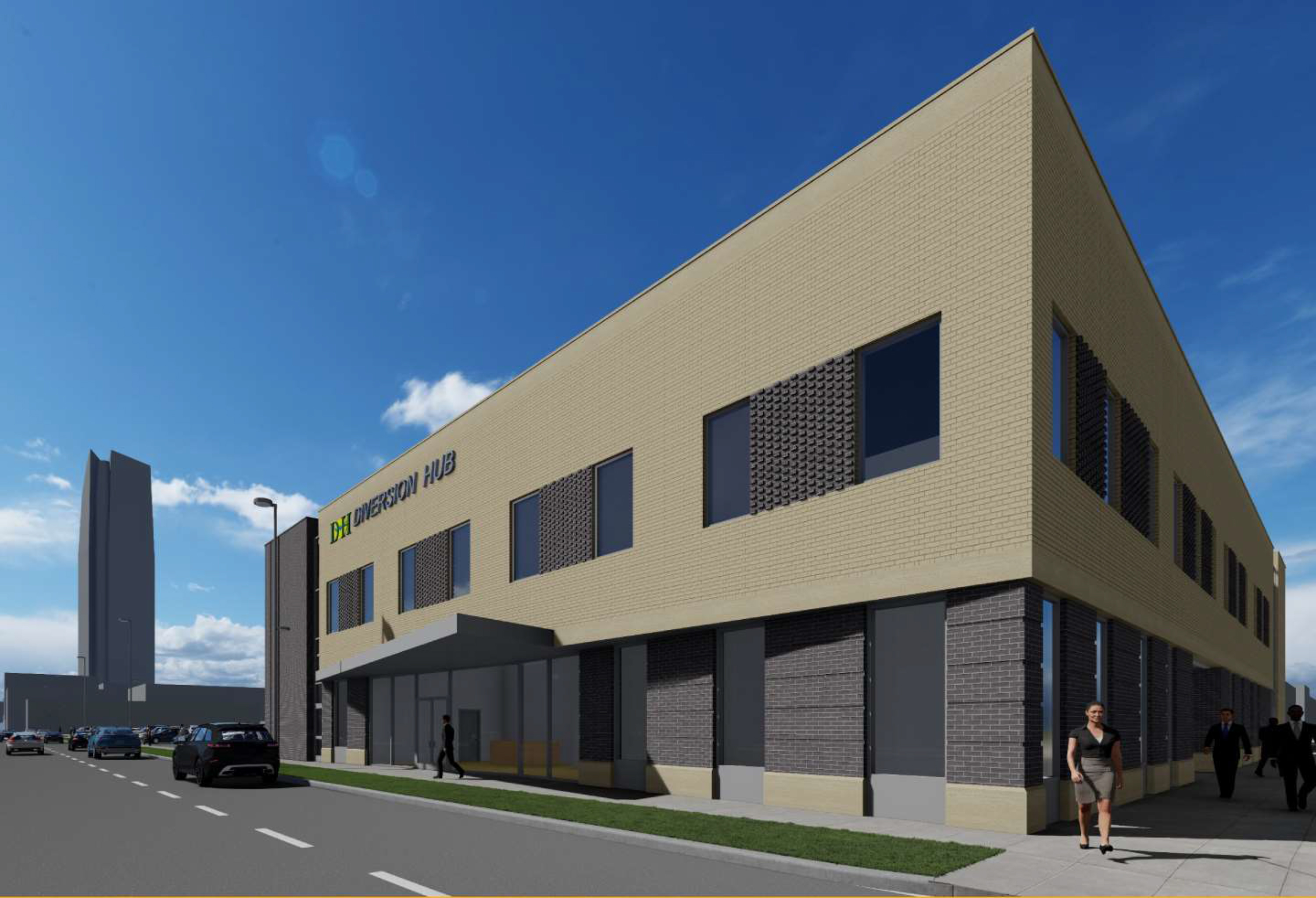Aerial image of the Bricktown ballpark and Oklahoma City skyline. Dave Morris | The Oklahoman
MAPS unfolded
OKC voters set to decide fate of MAPS 4 temporary one-cent sales tax to fund 16 civic projects
Oklahoma City voters, which way are you leaning?
The time to decide is now, as MAPS 4 is the sole item on the Tuesday ballot. The cost is significant, and plenty of questions remain about how these 16 civic projects will turn out. But the benefits will be felt for decades, according to proponents of the sales tax initiative.
MAPS 4 calls for the use of a one-cent sales tax to fund the 16 projects with an estimated price tag of $978 million. The tax itself could raise additional money in its eight year span.
These projects would begin only after the money is collected, helping to reduce costs by eliminating the accrual of debts in the construction process.
This formula has been used in Oklahoma City for nearly a quarter-century. Three previous MAPS initiatives were passed by voters, each using a one-cent sales tax to fund a variety of projects. If MAPS 4 is approved, the city would continue to collect that same penny so the sales tax rate would not increase.
Oklahoma City transformed as a direct result of past MAPS projects. You’d be hard-pressed to find someone to argue the city was better off before the first MAPS than it is today. The metro area is thriving following continued investment into the city through MAPS projects, according to Robert Dauffenbach, economist and University of Oklahoma senior associate dean for economic development.
“This is 30 years in the making and a textbook case in effective placemaking that should be and is studied internationally,” Dauffenbach said.
“I am firmly of the opinion we are looking at a 25-year effort that is one of the classic examples of placemaking in the country. It involves having the right mix of amenities that attracts people and businesses to the area.”
Dauffenbach sees MAPS 4 as a continuation of that work.
“They seem to have a good mix of projects aimed at adding amenities to advance the quality of life in OKC, including parks, youth centers, transit, fairgrounds, innovation district and sports arenas,” Dauffenbach said.
However, concerns linger about the project.
Subscribe to The Oklahoman.
It really meets every potential need in the city without increasing the sales tax rate from where it is today.”
Some are frustrated by the all-or-nothing approach taken by MAPS projects. Voters can choose to approve all 16 projects, or vote the whole thing down. There is no middle ground.
Cost is another concern for some voters. Anything with expenses approaching $1 billion requires careful consideration, especially when the funds come straight from a taxpayer’s pocket.
This tax would replace the Better Streets, Safer City temporary tax, which is set to expire at the end of March. Since MAPS 4 would be taxed at the same rate, consumers would effectively see no change in taxes beginning April 1 if the initiative were approved. Only the use of the funds collected by the 1-cent portion of sales taxes would change.
“This package is unique in that it really takes that power of MAPS into neighborhoods, into our daily lives,” Mayor David Holt said. “It really meets every potential need in the city without increasing the sales tax rate from where it is today. You don’t pay a single dime more — or in this case a penny — than you do today.”
City officials are quick to point out some of that money will come from non-OKC residents. Anyone from the surrounding suburbs, the rest of Oklahoma or out-of-state visitors who visit and shop in Oklahoma City will be subject to the tax. Residents can expect nonresidents to contribute to the funding of these projects, most of which are designed to serve mainly those living in Oklahoma City.
How much of the total MAPS 4 cost would be covered by nonresidents is hard to estimate. While city officials use this as an argument for the tax, it’s important to realize there is not a clear understanding of how much aid Oklahoma City residents can expect from out-of-towners (or those from the next town over).
A critique of the MAPS 4 revenue structure is that a sales tax is a regressive tax, meaning it takes a higher percentage of income from lower-wage earners. However, this criticism is sometimes misunderstood.
A regressive tax does not mean lower-wage earners are charged more tax. If two people spend equal amounts on an item, they will pay the same amount of sales tax for that item. Of that sales tax, the same amount would go toward MAPS 4, regardless of the income earned by the individuals.
The tax is considered regressive simply because individuals with smaller paychecks are using a higher percentage of their paycheck to pay the sales tax than the people who earn more. This could potentially be a greater burden for those who have little wiggle room in their monthly budgets.
But how much will these individuals, or any other Oklahoma City voter, ultimately contribute to MAPS 4 if the measure passes? Are the projects worth the cost to the individuals that live in this city?
The answer to the first question isn’t hard to calculate, but it varies widely from voter to voter. You’ll only pay sales tax, and thus the MAPS 4 one-cent tax, on items you purchase. Therefore, the more you buy, the more you’ll contribute.
If someone spends $1,000 per month on groceries, entertainment, clothes, school supplies, etc. for themselves and their family, that individual would pay $10 for the MAPS 4 tax, along with other sales taxes.
Those individuals could expect to be charged about $120 for MAPS 4 over the course of the year if they averaged the same $1,000 per month in spending, and they would be charged about $960 during the full eight years. Spend $2,000 per month, and double all those figures.
What will you pay?
The Oklahoman’s MAPS 4 cost calculator can help you estimate how much of your sales tax would be allocated to MAPS 4 if the project is approved. Enter in an estimated monthly amount spent on items subject to sales tax — things like groceries, clothes, home supplies, decorations or other tangible products — to see how much MAPS 4 could cost you over the next 8 years.
For some, this is a worthy expense to gain the 16 projects included in MAPS 4. For others, that price is too much.
Some like certain projects, but not others. You might feel strongly that the city shouldn’t spend $37 million to build a multipurpose soccer stadium. To just about everyone, $37 million is a lot of money.
But the actual cost to a single individual doesn’t seem as drastic. For that person who spends $1,000 per month on items subject to sales tax, they would be charged about 40 cents for the stadium. For some, 40 cents a month could be overlooked to get the other projects. But those small amounts per person will still add up to $37 million across the board, and that will be considered too steep a price by other voters.
So how do you vote if you like all but one of the projects? What if you really love two or three, but could do without the rest? Can you afford to keep the tax rate at the level it is, or does it need to be lower?
These questions are the fulcrum on which the MAPS 4 decision rests. It’s now up to the voters to tip the scales.
Subscribe to The Oklahoman.
What would MAPS 4 fund?
Here’s a brief look at the projects provided by MAPS 4.
Park enhancements
People walk past a playground during the unveiling for Red Andrews Park in Oklahoma City. Bryan Terry | The Oklahoman
The MAPS 4 parks package allocates $140 million toward the city’s parks system. Read more about the proposal here.
Chesapeake Energy Arena
Aerial image of Chesapeake Arena in downtown OKC. Dave Morris | The Oklahoman
An allocation of $115 million would fund capital maintenance and provide fan and tenant enhancements to Chesapeake Energy Arena. Read more about the proposal here.
Youth centers
The Douglass Recreation Center was presented to the Oklahoma City Council as a model for the youth centers proposed in MAPS 4. | Provided
A $110 million package would be for the construction of four new youth centers. The centers would include programs such as athletics, arts, family, health and education. Read more about the proposal here.
Sidewalks, trails, bike lanes
A woman rides north in the bike lane on Walker near City Hall after a meeting about MAPS 4 bike improvements, Doug Hoke | The Oklahoman
MAPS 4 would provide $87 million for sidewalks, bike lanes, trails and streetlights. Read more about the proposal here.
Buses and transit
An EMBARK bus is pictured in downtown Oklahoma City. Doug Hoke | The Oklahoman
There is a proposed $87 million in MAPS 4 for transit improvements. Read more about it here.
Innovation District
An artist’s rendering of proposed upgrades to the city’s Innovation District. | Provided
A $71 million allocation is intended to create jobs and encourage more diversification of Oklahoma City’s economy. Read more about the proposal here.
Fairground arena
The Jim Norick Arena at State Fair Park on Aug. 30, 2018. Jim Beckel | The Oklahoman
MAPS 4 would replace the Jim Norick Arena at the Oklahoma City Fairgrounds with a new multipurpose coliseum. The measure allocates $63 million to the project, to be supplemented by at least $25 million from hotel tax revenues already earmarked for fairgrounds improvements, as well as other resources. Read more about the proposal here.
Affordable housing
The kitchen in one of the newly renovated Sooner Haven apartments. Chris Landsberger | The Oklahoman
A $50 million allocation is for affordable housing. City officials believe the $50 million allocation will help leverage more than $400 million in funding from other sources. Read more about the proposal here.
Mental health and restoration center
Aerial image of the Oklahoma County Jail in downtown Oklahoma City. Dave Morris | The Oklahoman
Capital projects worth $40 million will provide new mental health and substance abuse services and relieve pressure on the Oklahoma County jail. Read more about the proposals here.
Animal shelter
An artist’s rendering of proposed new Oklahoma City Animal Welfare shelter. | Provided
A $38 million animal shelter would replace OKC Animal Welfare’s current facility. Read more about it here.
Palomar, Oklahoma City’s family justice center
Laura McDaniel, and Kyla Boyd, with child welfare at DHS, talk at Palomar in Oklahoma City. Sarah Phipps | The Oklahoman
A $38 million facility would be built for the Palomar family justice center that was first created by the Oklahoma City Police Department. Palomar assists victims of domestic violence, sexual assault, elder abuse, human trafficking and supports children exposed to trauma. Read more about the proposal here.
Multipurpose soccer stadium
An artist’s rendering of the multipurpose soccer stadium included in MAPS 4. | Provided
MAPS 4 would include $37 million to construct a multipurpose stadium. The facility would be suitable for professional and college soccer, high school football and soccer, concerts and other events. Read more about it here.
Road beautification
The MAPS 4 proposal for beautification includes significant funding to improve the aesthetics of the currently drab corridor to Will Rogers World Airport along Meridian Avenue. Chris Landsberger | The Oklahoman
Projects for city beautification would be allotted $30 million. Read more about the proposal here.
Senior health and wellness center
People participate in a yoga class at the MAPS 3 Senior Health and Wellness Center near NW 122 and Rockwell Ave. Jim Beckel | The Oklahoman
The MAPS 4 package would continue work started in MAPS 3 for Oklahoma City’s seniors. The package provides $15 million for a fifth senior wellness center and would also create a $15 million fund to provide scholarships for low-income seniors using the MAPS senior centers. Read more about the proposal here.
Freedom Center
Artist renderings for the MAPS 4 proposal of the Clara Luper Civil Rights Center of Oklahoma City at the Freedom Center located at 2609 North Martin Luther King Ave. | Provided
MAPS 4 would renovate the Freedom Center and provide funds to construct the Clara Luper center, which would serve as a civil rights museum for Oklahoma City. The capital allocation is $16 million, to be supplemented by a $9 million operating fund for long-term sustainability of the project. Read more about the proposal here.
Diversion hub
Artist’s rendering of a proposed $17 million diversion hub that would “relieve pressure on the Oklahoma County jail and help low-level offenders establish a more productive life.” | Provided
MAPS 4 will provide a $17 million “diversion hub” to relieve pressure on the Oklahoma County jail. This hub will work with low-level offenders to provide a diversion away from jail. Read more about the proposal here.
